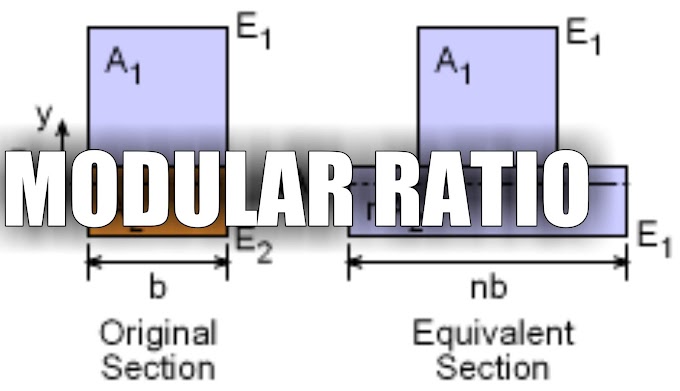Car following models in traffic
engineering are mathematical formulations used to describe the behavior of a
vehicle following another vehicle in a traffic stream. These models help in
understanding traffic flow dynamics, designing traffic control systems, and
simulating traffic scenarios. Here is a summary of some major car following
models:
- Pipes
Car-Following Model (1953):
Developed by L. A.
Pipes, this model is based on the idea that drivers maintain a constant time
headway (t) - the time it takes for the following vehicle to reach the position
of the leading vehicle. In this model, the acceleration (a) of the following
vehicle is determined by the difference in speed (Δv) between the two vehicles
and the time headway:
a = k(Δv/t)
where
k is a sensitivity factor that represents the responsiveness of the driver.
- General
Motors (GM) Model (1961):
The
Gazis-Herman-Rothery (GHR) model, often called the GM model, assumes that
drivers react proportionally to both the speed difference (Δv) and the time
headway (t). The acceleration of the following vehicle is given by:
a = k1(Δv) + k2(Δx/t^2)
where
k1 and k2 are sensitivity factors, and Δx is the distance between the two
vehicles.
- Linear
(Optimal Velocity) Model (1971):
This model, proposed
by B. S. Kerner and P. Konhäuser, introduces the concept of optimal velocity
(v_opt), which is the desired speed of a driver given the distance to the
leading vehicle. The acceleration of the following vehicle depends on the
difference between its current speed (v) and the optimal velocity:
a = k(v_opt - v)
where
k is a sensitivity factor.
- Gipps'
Model (1981):
Developed by P. G.
Gipps, this model considers the speeds, positions, and acceleration rates of
both the leading (v1, x1, a1) and following vehicles (v2, x2, a2). It also
accounts for driver reaction time (τ) and the physical constraints of the
vehicle. The model calculates the following vehicle's maximum safe
acceleration:
a2_max = [v2(2a1 + (v1^2 -
v2^2)/(2s_max)) + (x1 - x2 - l)(2a1 - (v1^2)/(2s_max))]/[(v1 + v2)(v1 + v2 +
2τa1)]
where
l is the vehicle length and s_max is the maximum braking distance.
- Intelligent
Driver Model (IDM) (2000):
Developed by Martin
Treiber and Ansgar Hennecke, IDM is a more advanced car-following model that
adapts to different traffic scenarios. The model calculates the acceleration of
the following vehicle based on several parameters:
a = a_max [1 - (v/v0)^δ -
(s*(v,Δv)/s0)^2]
where
a_max is the maximum acceleration, v0 is the desired speed, δ is the speed
exponent, s*(v,Δv) is the desired
distance, and s0 is the minimum distance.
- Adaptive
Cruise Control (ACC) Models:
These models focus on
the behavior of vehicles equipped with ACC systems. ACC uses sensors and control
algorithms to automatically adjust vehicle speed and maintain a safe distance
from the leading vehicle. Various ACC models have been proposed, incorporating
different levels of detail and assumptions about human-driven and ACC-equipped
vehicles' interactions.
- Cellular
Automaton (CA) Models:
In these models, the
road is divided into discrete cells, and vehicles move from one cell to another
based on simple rules and predefined states. The Nagel-Schreckenberg model is a
well-known example of a CA-based car-following model. It uses the following
rules:
a.
Acceleration:
If
a vehicle's speed is lower than its maximum speed and there is enough space in
front, it accelerates by one unit.
b.
Deceleration:
If
there is not enough space in front, the vehicle decelerates to avoid collision,
reducing its speed to match the distance to the vehicle ahead.
c.
Randomization:
With
a certain probability, the vehicle's speed is reduced by one unit to account
for random fluctuations in driver behavior.
d.
Movement:
The
vehicle moves forward according to its updated speed.
CA models are
computationally efficient and well-suited for large-scale traffic simulations.
However, their discrete nature can sometimes lead to unrealistic
representations of traffic flow.
These car-following
models, while varying in complexity and assumptions, all aim to capture the
behavior of vehicles in a traffic stream. They are useful for understanding
traffic flow dynamics, designing traffic control systems, and simulating
various traffic scenarios. Each model has its strengths and limitations, and
the choice of model depends on the specific goals and requirements of a given
study or application.





0 Comments